Carbohydrates, proteins, and fats are all necessary for the normal and healthy functioning of the body. As for carbs, there are three different types, including sugar, starch, and dietary fibers. These carbohydrates are necessary for the maintenance and growth of the human organism. Diabetic patients are often advised to eat more starchy food.
Starch or amylum consists of glucose molecules connected with glycosidic bonds. Most nutritionists will say that this particular type of carbohydrate is the most important, and there must be at least 1/3 of them in our diet since they provide a significant part of the energy needed for our body.
Plants taken as food get digested in the body, and the enzyme (gastric amylase) provides the starch from them. Our cells contain storages of starch, which are used whenever there is some muscle activity happening.
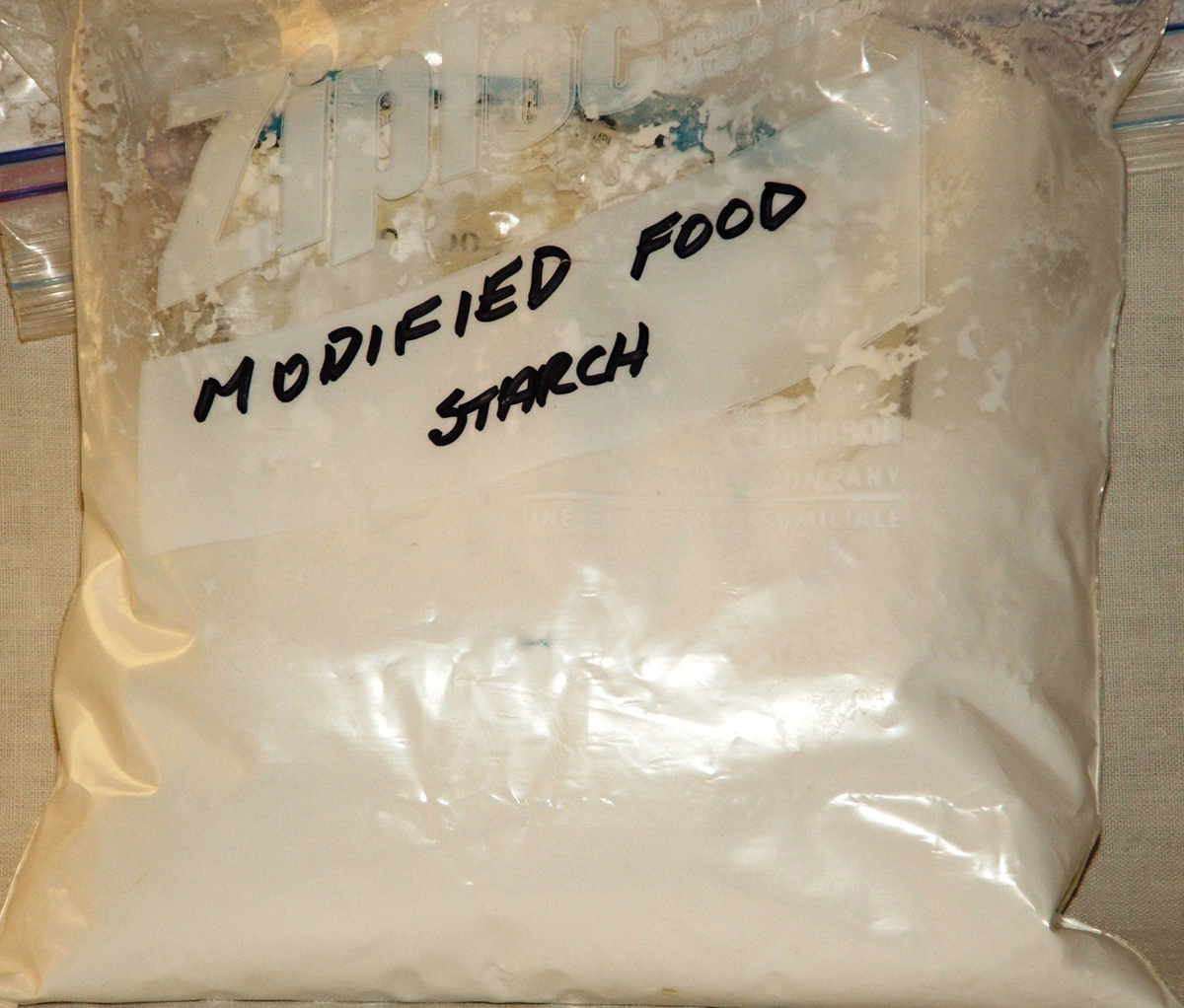
- This systematic review sought to evaluate the clinical evidence regarding the impact of the microstructures within starchy foods on postprandial glucose and insulin responses alongside appetite regulation.
- A systematic search was performed in the PUBMED, Ovid Medicine, EMBASE, and Google Scholar databases for data published up to 18 January 2021. Data were extracted by 3 independent reviewers from randomized crossover trials (RCTs) that investigated the effect of microstructural factors on postprandial glucose, insulin, appetite-regulating hormone responses, and subjective satiety scores in healthy participants.
- We identified 745 potential articles, and 25 RCTs (n = 369 participants) met our inclusion criteria: 6 evaluated the amylose-to-amylopectin ratio, 6 evaluated the degree of starch gelatinization, 2 evaluated the degree of starch retrogradation, 1 studied starch-protein interactions, and 12 investigated cell and tissue structures.
- Meta-analyses showed that significant reductions in postprandial glucose and insulin levels was caused by starch with a high amylose content [standardized mean difference (SMD) = -0.64 mmol/L*min (95% CI: -0.83 to -0.46) and SMD = -0.81 pmol/L*min (95% CI: -1.07 to -0.55), respectively], less-gelatinized starch [SMD = -0.54 mmol/L*min (95% CI: -0.75 to -0.34) and SMD = -0.48 pmol/L*min (95% CI: -0.75 to -0.21), respectively], retrograded starch (for glucose incremental AUC; SMD = -0.46 pmol/L*min; 95% CI: -0.80 to -0.12), and intact and large particles [SMD = -0.43 mmol/L*min (95% CI: -0.58 to -0.28) and SMD = -0.63 pmol/L*min (95% CI: -0.86 to -0.40), respectively].
- All analyses showed minor or moderate heterogeneity (I2
Nuts, Grains and Cereals
Many different nuts are considered to be great sources of starch. Sunflower seed and roasted and salted cashew nuts are the richest in the starch, containing over 13gm of this carbohydrate per 100g. There is also starch in almonds, Brazil nuts, pecan nuts, pistachios, walnuts, sesame seeds, chestnuts, hazelnuts, peanuts, and macadamia nuts.
Wheat barn, corn, soy, rye, and both types of wheat flour (brown and white) contain starch. It can also be found in brown rice or raw tapioca, as well as in raw sago. Just 100g of raw sago or raw tapioca contains about 95g of starch.
Vegetables
Plenty of vegetables are known to be sources of starch. Potatoes of any type (raw, canned, or boiled), sweet potato, or yam, whether raw or boiled contain starch. Raw plantain, raw or boiled parsnip, and raw garlic are also included in the starchy food.
When looking for starchy food, don’t forget the beans and lentils, especially lentils, chickpeas, and black-eyed beans, since these are valuable sources of starch. 100g of these beans and any kind of lentils will provide you with more than 43g of starch. French beans, broad beans, red kidney beans, and soybeans also belong to the starchy food.
Processed Food
When talking about the food that contains starch, we shouldn’t forget processed food, even though it’s not the healthiest diet choice. Bread, pasta, tortillas, pizzas, pies, and burgers contain high amounts of starch.
Also, many sweet things may contain starch, including cookies, cakes, biscuits, muffins, pastries, puddings, and fruit toppings. Breakfast cereals may also be the source of the starch in your diet.



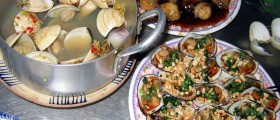
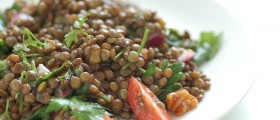

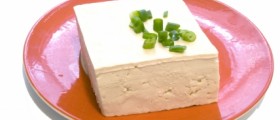


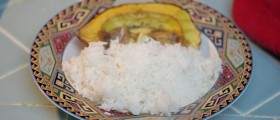
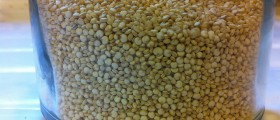
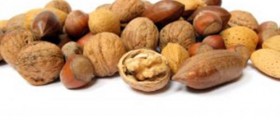




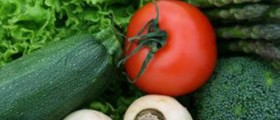
Your thoughts on this
Loading...